Foreword: Xiaomi Mi Gaming Headset
After Xiaomi recently the only Xiaomi gaming notebook and Xiaomi Black Shark Gaming Smartphone, followed by another product specially designed for gamers. The Xiaomi gaming headset was presented at the in-house “Youpin” store at the end of April 2018 and is priced at 349 yuan, which corresponds to around 45 €.
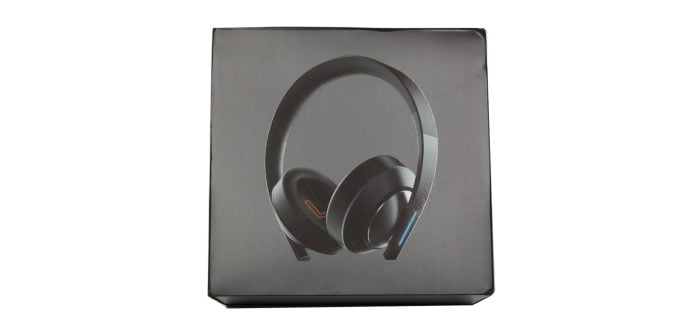
Design, workmanship and delivery
The Mi Gaming Headsets are closed headphones with a restrained design. The headphone hanger and the ear cups are matt black. The height-adjustable part of the bracket shines in a piano lacquer look. Visually, the headset adapts to the recently released Xiaomi gaming products.
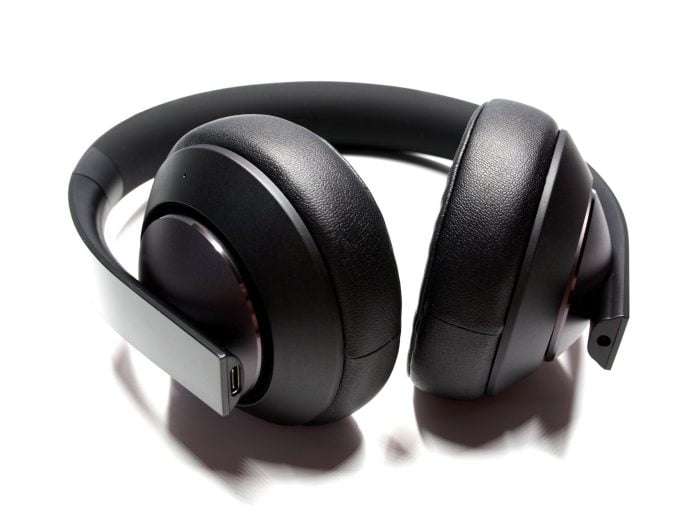
Xiaomi promises an optimal fit and a correspondingly long-lasting wearing comfort through the size-adjustable and padded headband, in combination with the circumaural and elastic ear pads. The padding consists of a breathable imitation leather. The icing on the cake for the gamer design are the LED strips on the left and right of the ear cups, which can be configured to light up in different colors. The headset can be operated either via USB or 3.5 mm jack. The cables are detachable. The USB-C connection cable is also equipped with an in-line remote control. This enables the microphone to be muted manually and the playback volume to be controlled.
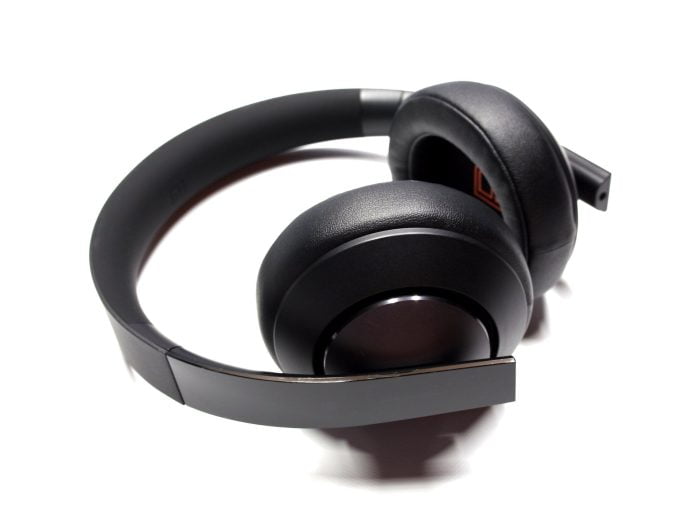
The processing quality is not objectionable and corresponds to a headset in the € 100 price range. Despite the large amount of plastic, the headphones by no means look cheap. In addition to the headset, the scope of delivery also includes a USB-C headphone cable with in-line remote control, a 3.5 mm jack headphone cable and a Chinese operating manual.
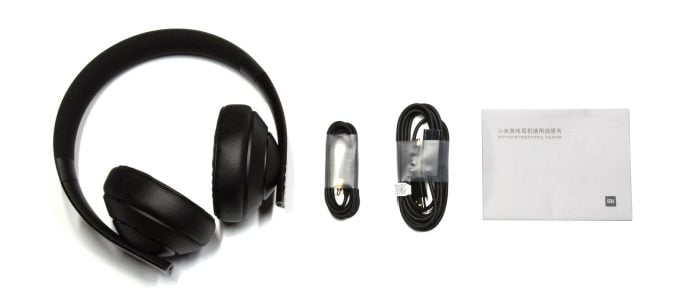
Commissioning and drivers
As a plug & play device, the Xiaomi gaming headset can be used on a PC, Mac or console without a driver. Of course, the same also applies to use on a mobile device. Under Windows, the headset is recognized as a conventional loudspeaker. If you want to use all functions of the headset, we recommend installing the "Mi Gaming Headset" software (Link to download). This is only available for Windows 10. The software's user interface is in Chinese by default. However, we were able to translate the software. Instructions can be found in the box below.
- Install the "Mi Gaming Headset" software
- Download our translated file - Link
- Copy the folder "Lan" into the root directory of your Mi Gaming Headset installation and overwrite the file skin_Cs.ini.
- Restart the software. Subsequently, all menu items should be translated.
If you prefer to do your own translation, all you have to do is open the skin_Cs.ini with any text editor and change the Chinese or translated text passages.
The playback volume and the recording volume can be controlled within the general settings of the software. It is also possible to choose a sample rate from 44.1 KHz to 96 KHz. A virtual 7.1 surround sound can be activated via the second menu item. Point 3 covers the control of the LED strips. These can be configured with regard to the light mode (eg pulsing) and also the light color, which can be freely selected via a color wheel. Also on board is an equalizer that already includes common music profiles.
Practical test of the Xiaomi gaming headset
Two dynamic 40 mm drivers with a graphene membrane ensure a rich sound. High-quality and also expensive graph drivers are still comparatively new on the market. It was not until 2013 that researchers at UC Berkeley succeeded in constructing a graphene membrane that is also suitable for the audio sector. In contrast to the most commonly used paper, plastic, aluminum or titanium membrane, a graphene membrane is easier to set into vibration, has a significantly higher tear resistance and enables a smaller structure size. Sound advantages include a significantly higher volume without membrane damping and undistorted sound reproduction in all frequency ranges.

Sound - gaming
Decisive for a good gaming headset is a high level of detail reproduction with accompanying accurate noise localization. But even in action-packed single-player games, a gaming headset should be able to offer an effective sound. In the test, the Xiaomi Gaming Headset faced the tactical “CS: GO”, the survival title “PUBG” and the single-player hit “GTA: V”.
There are sound differences between the USB-C and the 3.5 mm jack operation! The USB-C connection is particularly suitable for gaming. The Mi Gaming Headset software, including the virtual 7.1 surround sound and the microphone, only works in this connection mode!
The Xiaomi gaming headset scores in the gaming test with a particularly clear and extremely detailed sound. With activated 7.1 surround sound, tonal subtleties can be precisely located. The tonal tuning is comparatively neutral, with a slightly emphasized mid-range. This means that even distant steps and shots come into their own in titles like CS: GO. In action-packed games, the headset sounds a bit too flat with standard settings. With a little fine tuning via the equalizer, however, a powerful sound can be conjured up that extends into the low frequency range. However, you shouldn't expect an overly voluminous sound that makes the headset vibrate!
Disadvantages of the USB-C connection are interference, which is noticeable in the form of "white noise", a slight background noise. However, the background noise is not that significant and disappears with normal playback volume.
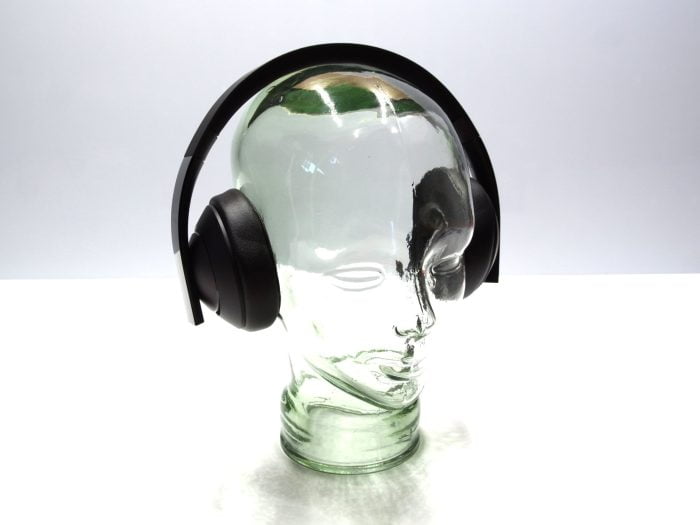
Sound - music
In the music test, the Xiaomi gaming headset proved to be a sonic all-rounder. With a 3.5 mm blade combination, the headphones present a tasty sound with a V-shaped sound signature. The bass reproduction is powerful without booming. The midrange is warm and handy and highs are displayed cleanly and clearly. What has already been said above applies to the USB network. The sound is pervaded by a slight background noise and sibilants are also more pronounced in the high range.
How well the Xiaomi headset has the individual frequency ranges (3.5 mm!) Under control is shown particularly well by the example of Muse - Madness. The song is led by powerful bass and the versatile vocals of Matt Bellamy, which at the end turn into euphoria. The gaming headset delivers a very good separation with a great sound stage without getting lost towards the euphoric end. Basses are voluminous and Matt Bellamy's vowels sound airy-free without the sibilants coming to the fore. The headphones provide a suitable sound image for both powerful moments and gentle sounds.

Microphone
In contrast to most gaming headsets, the microphones of the Mi Gaming headset are hidden in the ear cups. You will look in vain for a microphone boom. Two microphones of the type MEMS (Microelectromechanical System) are installed, one of which is used for voice transmission and the other for noise filtering (ENC). MEMS microphones are mostly used in mobile devices and offer an omnidirectional directional characteristic.
Click the button below to load the content from w.soundcloud.com.
The recording quality of the microphone is average. Despite the lack of positioning options, what is spoken is transmitted loudly and clearly. Lovers of mechanical keyboards, especially those with blue switches, can breathe a sigh of relief. The headset's "Environmental Noise Cancellation" (ENC) function actively filters out interference. One disadvantage of the ENC, however, is that what is spoken sounds much duller.
Click the button below to load the content from w.soundcloud.com.

Comfort and noise isolation
The wearing comfort is convincing. The circumaural ear pads are softly padded and comfortably surround the ears without pressing. The heat development remains within limits even after long periods of wear, so that long gaming sessions do not become an ordeal. By using breathable imitation leather, the ear pads can be cleaned easily. The headphone hanger is also padded, adjustable in size and covered with imitation leather.
The passive noise isolation is average. Outside noise is easily audible despite the circumaural, closed headphone design. There is no active noise cancellation (ANC).
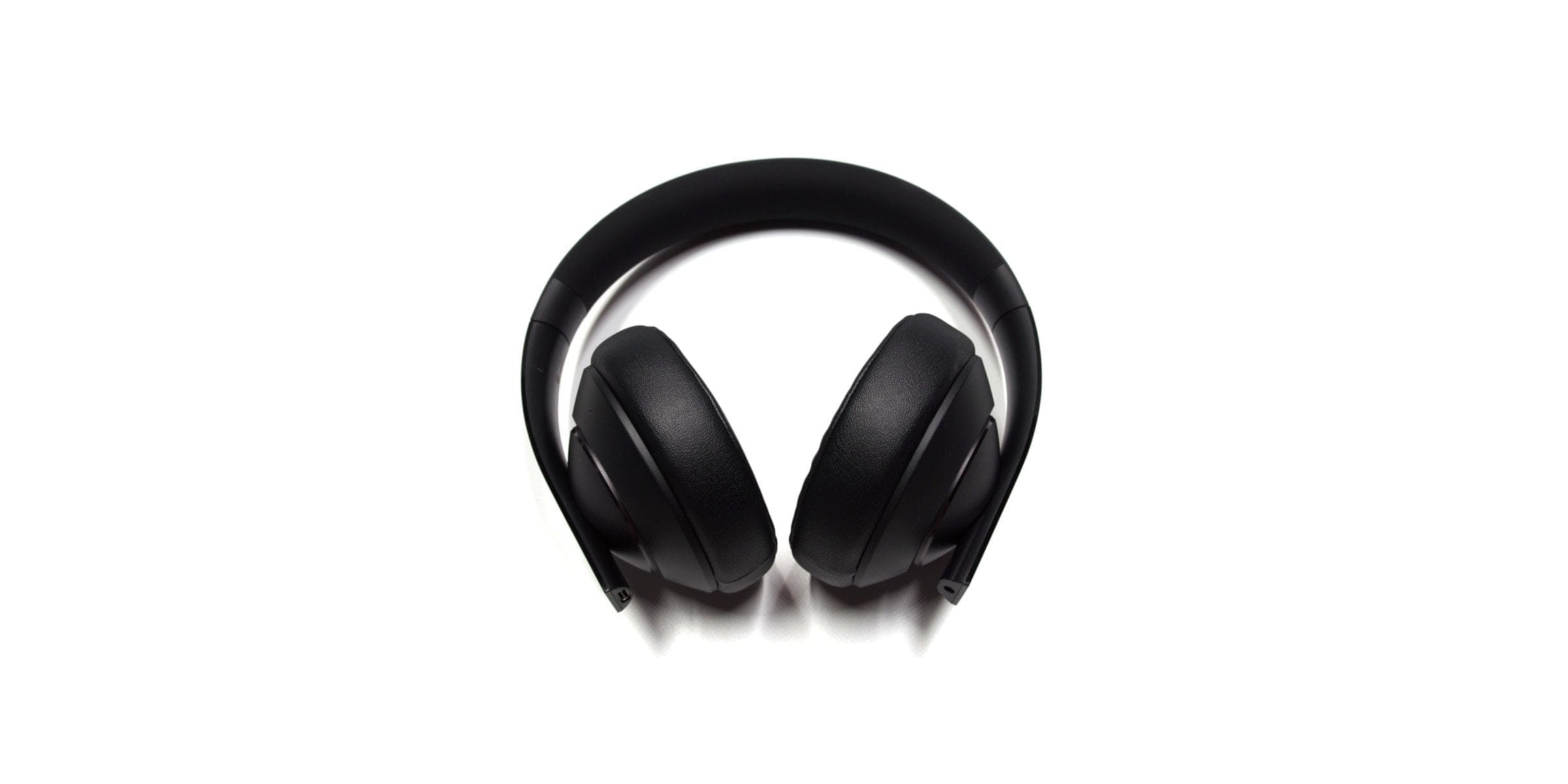
Xiaomi Mi Gaming Headset
Chic design
Good workmanship
Suitable for PC, Mac, console and mobile device
High detail reproduction and accurate noise localization when gaming
Good sounding music reproduction in a 3.5 mm composite
No annoying microphone arm
Long-lasting and pleasant wearing comfort
Mi gaming headset software for Windows only
Background noise and shrill heights in the USB network
ENC reduces speech quality
Mediocre noise isolation
Gaming headsets are often said to be nothing half and nothing whole. Manufacturers usually put more emphasis on extravagant design than good-sounding headphone drivers. The Xiaomi Gaming Headset, in contrast, combines a simple, modern gamer design with two well-sounding, dynamic 40 mm drivers and a high-quality graphene membrane.
Whether PC, Mac, console or mobile device, through the USB and 3.5 mm jack connection possibility, the headset is versatile. Also sonically, the Xiaomi Headset is a real all-rounder. When gaming the headphone convinces by a high detail reproduction and an accurate sound location. Due to the V-shaped sound signature of the headphone and the conventional music listener. The microphone cleverly hides Xiaomi in the earcups. The voice quality is convincing.
Criticisms reaps the headset regarding the sparse software support. Unfortunately, users of Linux and Mac systems can not rely on the Mi Gaming Headset software, which is why ENC and the 7.1 Virtual Sound are withheld. Noticeable is also a slight background noise in the USB composite, a reduced voice quality with activated ENC and a rather mediocre (external) noise isolation.








